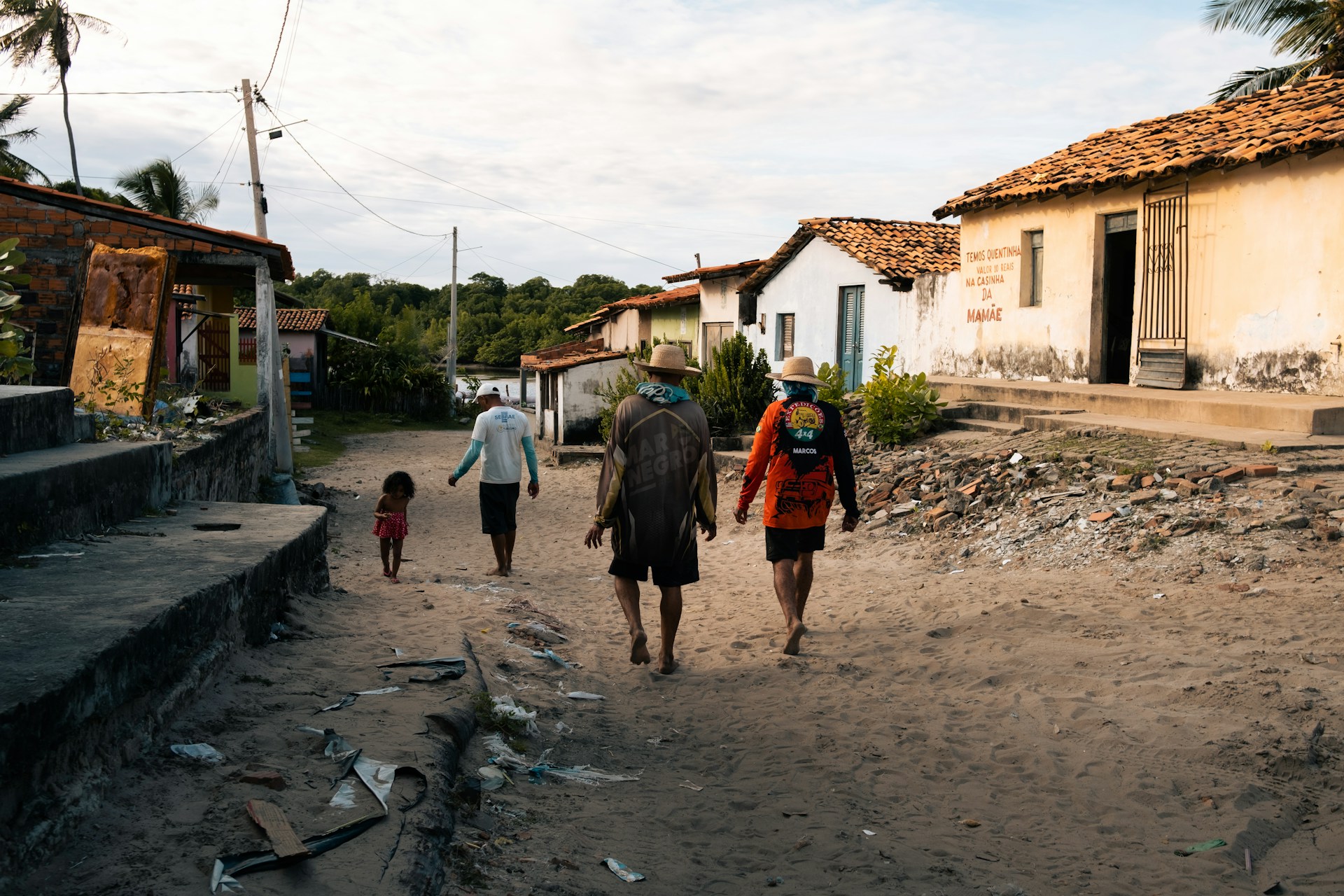Bridging the Rural-Urban Digital Divide
The widespread availability of internet connectivity has transformed many aspects of our lives. From communication and commerce to education and entertainment, access to reliable, fast, and affordable internet has become crucial for promoting economic and social development. Despite significant technological advancements and widespread adoption over the last few decades, substantial gaps in digital access and varying levels of digital literacy persist. The COVID-19 pandemic highlighted the impact of this digital divide, emphasizing the need to address it.
During the acute phases of the crisis, as numerous activities migrated online, unequal access to reliable internet affected the ability to perform activities from home, increasing potential virus exposure for the unconnected. The disparities in internet connectivity had particularly negative impacts on educational achievement, access to telemedicine, and the adoption of remote working.
The increased ubiquity of smartphones has driven the adoption of mobile phones and mobile internet globally. Nearly 70% of the global population now owns mobile phones, a 2.4% increase from the previous year. Currently, 5.44 billion individuals worldwide have internet access, representing about 67.1% of the global population.
However, a deeper look reveals significant differences in internet accessibility, affordability, and speed. There is a stark contrast in the availability of fast and affordable internet between urban and rural areas. Several factors contribute to this divide, including infrastructure, economic conditions, digital literacy, geographical challenges, policies and regulatory barriers, and social and cultural factors.
This narrative holds true for many countries, including Brazil. A World Bank study indicates that internet access, a critical gateway to education, job opportunities, and essential services, remains unevenly distributed in the country. The research shows that wealthier individuals typically enjoy seamless connectivity, while poorer populations often struggle with limited or no access. This disparity perpetuates socio-economic divides and hinders development.
Addressing this divide is essential for Brazil to unlock its growth potential by ensuring internet access for all. This issue will be a key topic at the upcoming Horasis Global Meeting in Vitória, the state capital of Espírito Santo, Brazil. The two-day event, taking place from October 25-26, 2024, will bring together leaders from businesses and governments to find solutions to pressing global challenges, including climate change, inequality, and peace.
How is Brazil Acting?
Brazil is taking significant steps to promote digital inclusion through various initiatives. The Brazilian National Telecommunications Agency (Anatel), UNESCO, and the Brazilian Ministry of the Environment have joined forces to bridge the digital divide in the country. This collaboration emphasizes enhancing digital infrastructure and accessibility, especially for underserved communities that struggle with internet access and digital literacy.
One notable initiative is the Programa Internet Para Todos, a government effort to bring high-speed internet to remote and underserved regions. By partnering with local municipalities, this program utilizes satellites to provide connectivity to communities traditionally lacking internet access. Additionally, the Governo Eletrônico – Serviço de Atendimento ao Cidadão (GESAC) program delivers internet access to remote areas, indigenous communities, rural schools, health posts, and other public institutions. GESAC aims to foster digital inclusion and enhance public service delivery through improved connectivity.
Changing Perspectives
The government should focus on running awareness campaigns to highlight the benefits of smartphone ownership, encouraging rural residents to invest in these devices. Emphasizing improved communication, access to information, and economic opportunities can drive adoption. Additionally, providing subsidies or financial incentives can make smartphones more affordable for rural populations. Government programs or partnerships with private companies could offer discounted devices or instalment payment plans.
Brazil is increasingly working towards ensuring robust internet connectivity in remote areas. A consortium of Brazilian and European institutions has successfully transmitted 5G signals at a speed of 100 Mbps over a distance of 50 kilometers in the rural town of Santa Rita do Sapucaí, southeastern Brazil. This advancement can help billions of people worldwide who lack mobile network coverage and advance digitalization in various sectors, including farming, mining, hydropower dams, power transmission lines, water mains, and railroads.
While Brazil faces significant challenges in achieving comprehensive digital inclusion, numerous opportunities for progress exist. Ensuring digital inclusion is not just a technological challenge but a socio-economic imperative essential for a more equitable and prosperous future for all Brazilians. By prioritizing digital inclusion, Brazil can move closer to ensuring that all its citizens benefit from the digital age.
Photo Caption: Brazil is taking significant steps to promote digital inclusion in its remotest areas.



